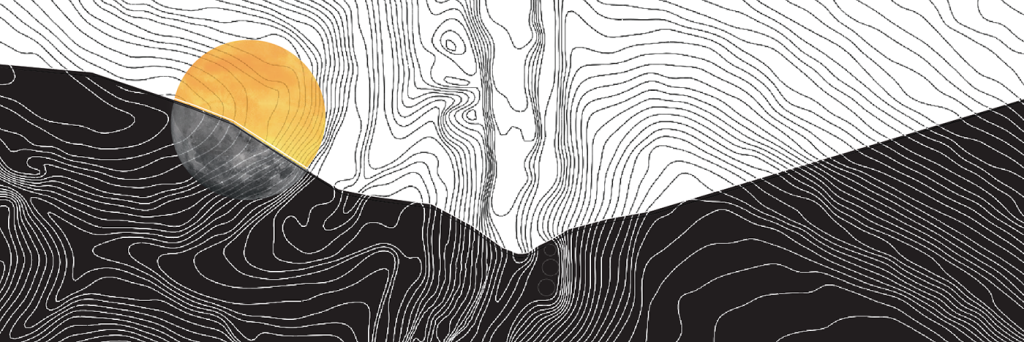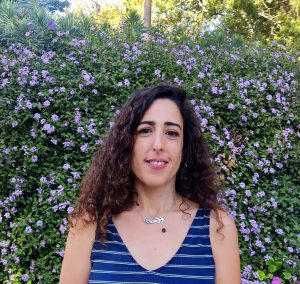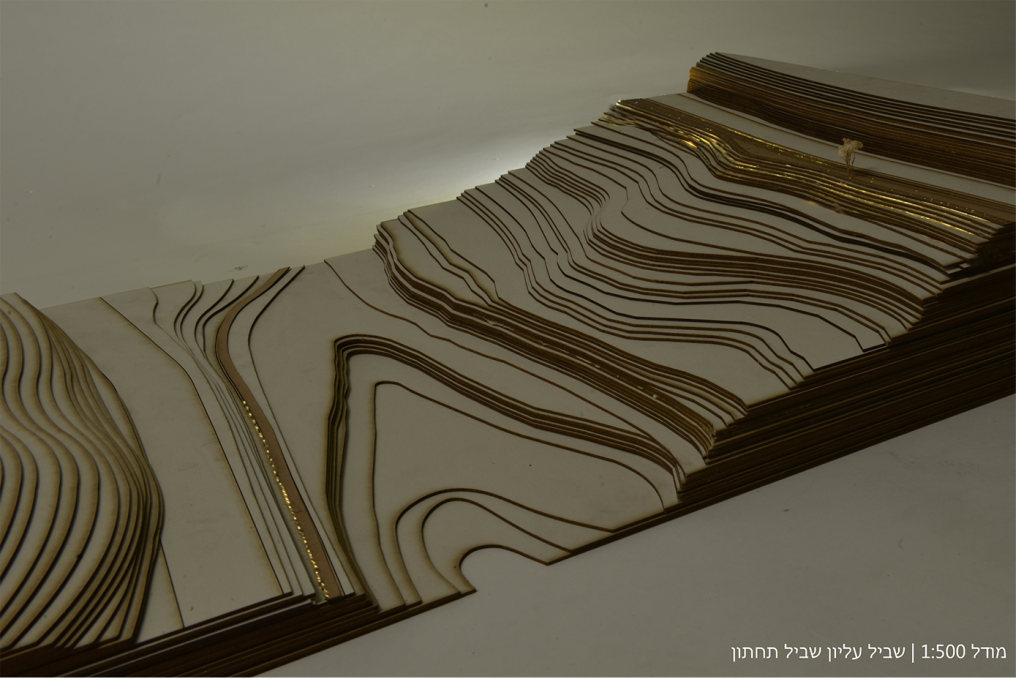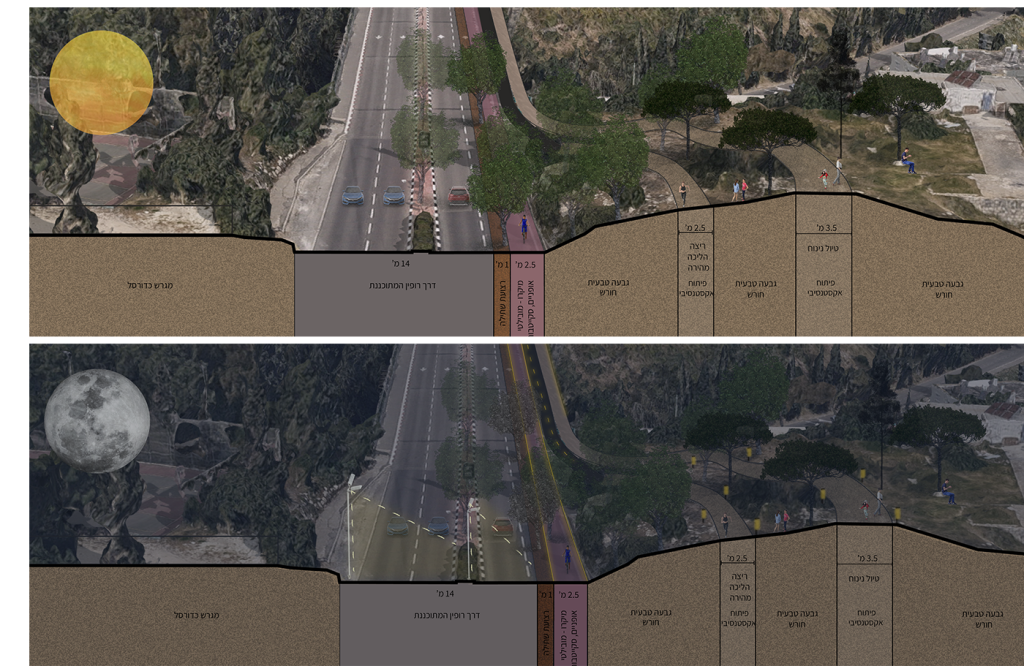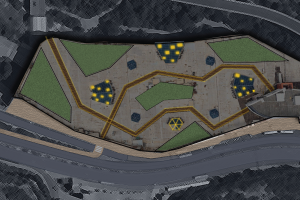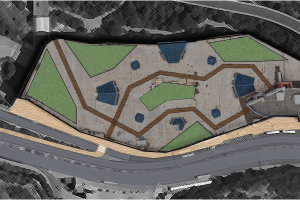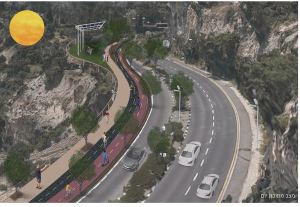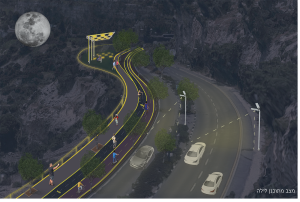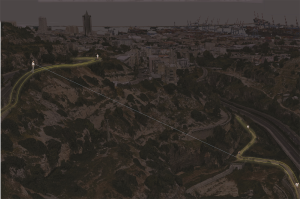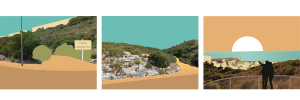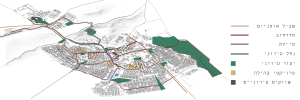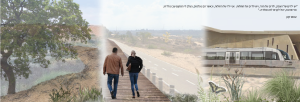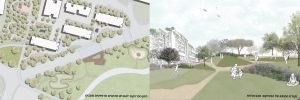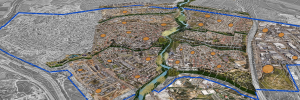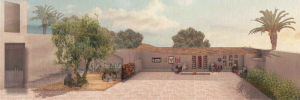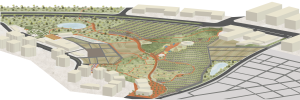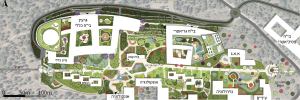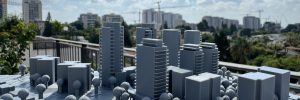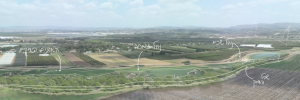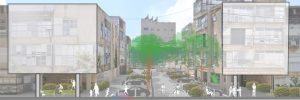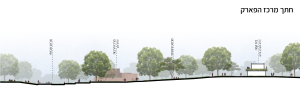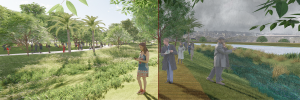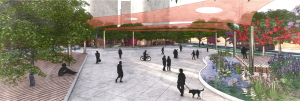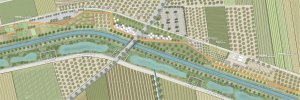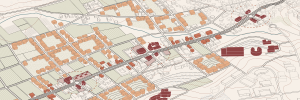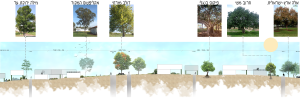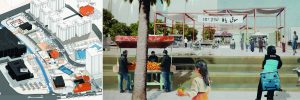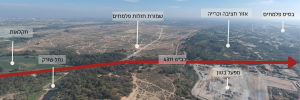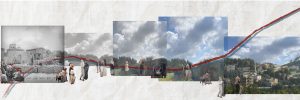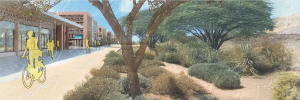Sky Curatorship
Climate change and global warming cause changes in our lifestyles during the hot periods of time. The heavy heat that prevails in the Middle East does not allow outdoor activity during the hot daytime hours for most of the summer months; therefore, there is a need to improve and plan spaces that allow outdoor activity during the hours of darkness, when the temperatures are more moderate. Human activity in the hours of darkness depends to some extent on artificial lighting that allows us accessibility, orientation and a sense of security, yet the artificial lighting that exists in Israel today is (for the most part) designed in a wasteful and ineffective manner, which causes scenic pollution, glare and light pollution that has negative effects on biological and ecological systems.
Haifa treasures within itself an impressive history of architecture, culture and industry, but due to various reasons, among them the steep slopes, the city suffers from a lack of walkability during the hours of darkness. Wadi Rushmia, where Giborim Stream flows, was used as a quarry in the past, and over the years ambitious projects were planned at this site. All of these left a unique testimony and mark in the wadi landscape. Rupin Road, currently a multi-lane road, stretches above the wadi, and has the potential to become a space for sporting and walking activities.
The Sky Curatorship project proposes a new design concept that emphasizes light and illumination to create a space that allows safe and pleasant walking in the evening hours. This, through the correct and creative use of lighting that avoids light pollution, and adapts the nature and scale of the lighting to the use. In addition, it arouses interest and curiosity for the discovery of cultural and natural treasures in the city, through multifunctional use of the space – utilizing existing infrastructure and integrating an infrastructure of shading and illumination (such as pergolas that provide shade during the day and in the evening illuminate and create a space) for placing the illumination in order to allow an additional place for pedestrians and their prioritization in the space.


